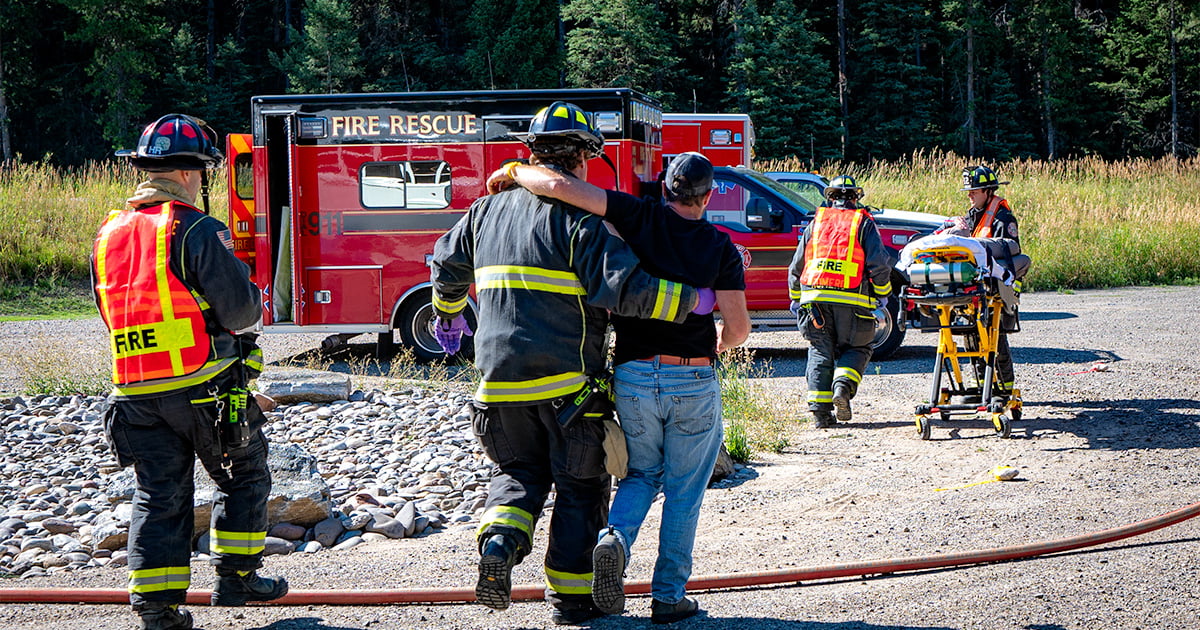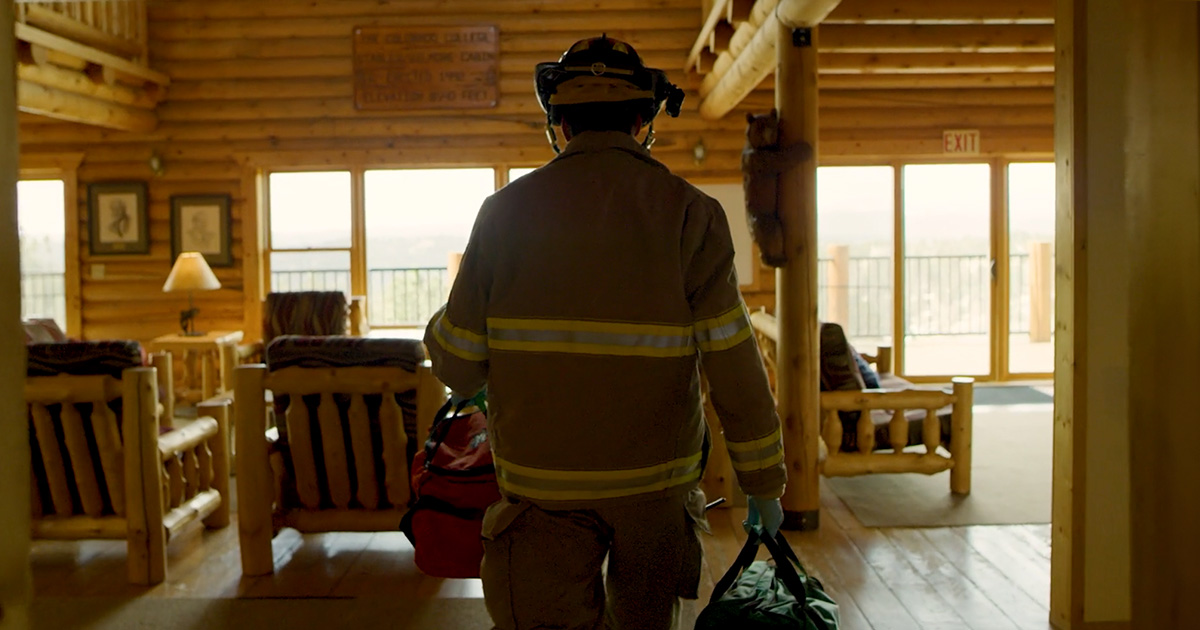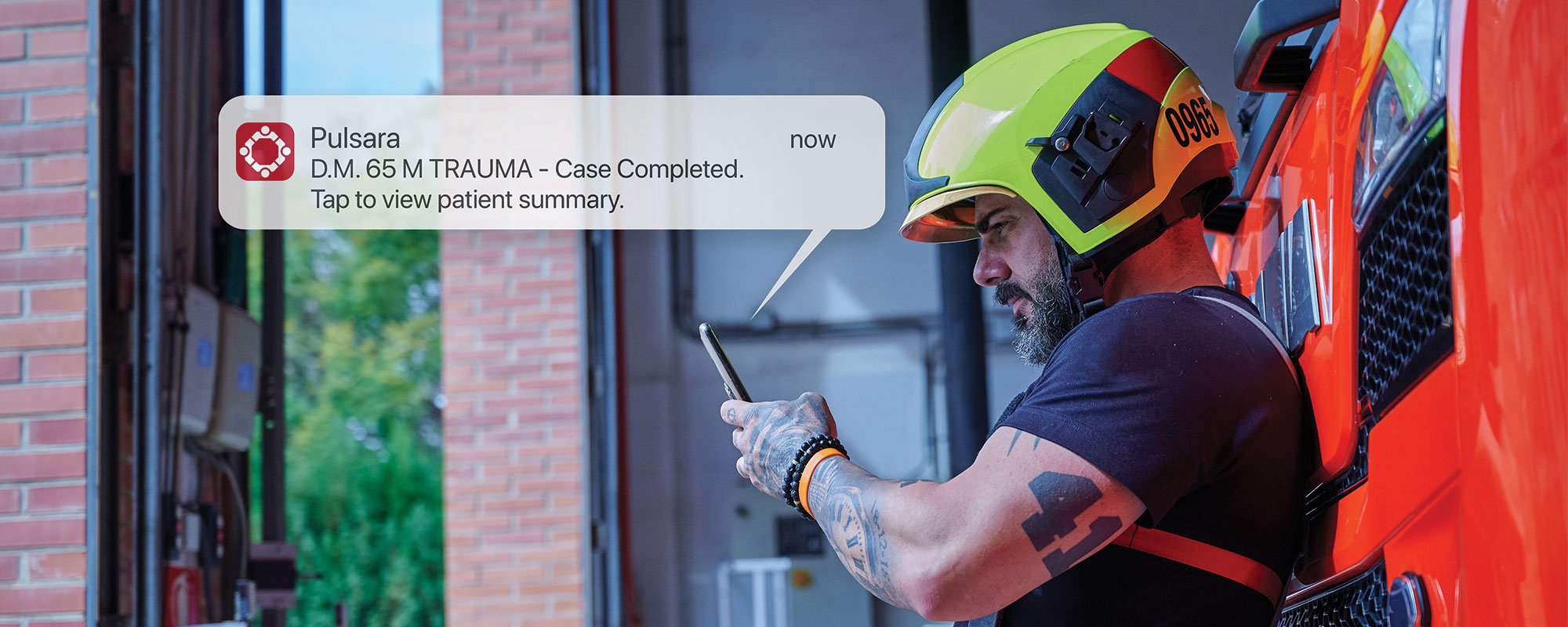Baker to Vegas: Leveraging Pulsara to Manage a Planned Event
Although they have the advantage of prior awareness and preparation, large-scale planned events pose unique challenges for emergency management...

EDITOR'S NOTE: This article originally appeared on FireRescue1.com. Special thanks to our guest author, Courtney Levin, for FireRescue1 BrandFocus Staff.
When resources are lacking, these grant opportunities can help
Operating a fire department requires an incredible amount of money, even for small or volunteer agencies. Certain budget line items cannot be sacrificed, while others may have a bit of wiggle room from year to year. Yet no matter how well-funded your department might be, you may feel like there’s never enough money to go around.
A sometimes-forgotten area of financial planning centers around preparation for incident management. While the basics like vehicles and radios may be accounted for, other facets could make a world of difference should a significant event occur.
Whether you’re looking for assistance with incident management training or want to upgrade your department’s communication tools, grant funding may be able to provide the necessary dollars to make your agency’s wishes a reality.
WHAT OPTIONS ARE OUT THERE?
Many fire departments are aware of the larger grant opportunities available each year, but the landscape of grant funding is often changing, and it’s essential to do regular research.
The first place fire departments look when seeking grant funding is that FEMA offers several types of grants for first responders, all focusing on preparedness should a worst-case scenario unfold. The Assistance to Firefighters Grants Program (AFGP) has options to provide funding for incident management training and equipment resources.
The Emergency Management Performance Grant (EMPG) also works with fire departments to ensure they have the resources needed to comply with the National Preparedness System, a six-part program to establish that organizations are ready for any number of major events.
Both the Homeland Security Grant Program (HSGP) and Port Security Grant Program (PSGP) have funds available to help agencies prepare for incidents of terrorism and, should such an event occur, help them recover and offer community resiliency in the face of a threat.
If your department has decided to place a significant focus on interoperability with local medical providers, the Hospital Preparedness Program (HPP) is also an excellent place to look for additional funding opportunities. HPP grants assist with care coordination to improve both individual patients and greater community outcomes.
A major component of effectively managing critical incidents is communication, and several organizations provide grant opportunities to help fire departments bolster their abilities to connect with others in times of crisis. Formed in 2021, the State and Local Cybersecurity Grant Program provides resources to mitigate cyber threats and has assisted some agencies in purchasing satellite devices to improve vehicle connectivity in rural areas.
The U.S. Department of Agriculture also focuses on rural connectivity. Its Community Facilities Direct Loan and Grant Program provides fire departments with resources to improve their facilities, invest in equipment, and help offset the costs of certain project expenses.
Finally, departments can explore private grant opportunities and community foundation offerings to determine if other resources are available. Some of these programs might be state-specific, while others are available nationwide.

APPLICATION PROCESS MUST-HAVES
As grant funds can significantly impact a department’s operations, the application process tends to be very competitive. Departments across the country often rely on receiving a grant award to bolster a range of their initiatives.
“Grant funding is vital because it makes up for budget shortfalls that departments experience year over year,” said Stephanie Bays, director of grants operations at Lexipol. “Many just have funding for the basics, and many volunteer fire departments rely on grant funding to implement new programs and training.”
One of the most critical aspects of your grant application is showing the need for funding, which can typically be demonstrated by the data you provide with your submission.
“For any grant that you’re ever going to apply for, having data from your department or organization is what’s going to make or break your application,” said Adam Hursh, a grant writer at Lexipol and veteran firefighter with over 20 years of experience.
In addition to compiling comprehensive data, the following steps can help ensure your department puts its best foot forward during the grant application process:
USING GRANT FUNDS FOR THIS IMPORTANT COMMUNICATION TOOL

As fire departments navigate the complex landscape of grant funding, it’s essential to consider how investments in communication tools can enhance incident management capabilities. One such tool gaining traction among first responders is the Pulsara platform. Designed to streamline communication during critical incidents, it allows firefighters to create a channel for each patient and easily share information with others.
Securing grant funding to invest in communication tools like Pulsara can be a strategic move for fire departments seeking to modernize their operations. While navigating the application process may seem daunting, demonstrating the need for funding and outlining the tangible benefits of implementing such a tool are crucial steps in securing support.
“Pulsara can be used during mass casualty events, hurricane evacuations, nursing home evacuations, and more,” said Joey Branton, senior vice president of strategic initiatives at Pulsara. “Pulsara is being used at Texas A&M and Texas Tech football games. When you have 80,000 people in a stadium, the need to manage emergencies is always present.”
The functionality of the Pulsara platform is now included in FEMA’s standard equipment list, allowing fire departments to use grant funds to implement the program. Whether opting for the free version, Pulsara ONE, or the upgraded Pulsara UNITED, fire departments can enhance their communication capabilities and better serve their communities during critical incidents.
“Pulsara ONE replaces the traditional radio report and includes live ECG transmission and telehealth to emergency departments,” explained Branton. “It allows you to have an online telehealth consult if you’re stuck at a long extrication with a pregnant female in contractions. In this example, you can have a physician specialist virtually witness the care provided and provide valuable insight.”
Pulsara UNITED requires an annual subscription and includes additional features for supervisors and ePCR integration. It’s designed for larger first responder agencies that need to connect with a broader range of resources, such as a community paramedicine program.
Those interested in Pulsara UNITED may be able to secure state funding for the purchase, while others might need to turn to grants for assistance. With FEMA now expanding to cover emergency medical communications in their authorized equipment list (AEL), the possibility of securing funding for Pulsara is a possibility under FEMA 04AP-10-EMSC.
By leveraging innovative solutions, fire departments can ensure more efficient responses and improved outcomes, ultimately fulfilling their mission to protect and serve their communities. Investing grant funds in communication tools like Pulsara can be a strategic decision for fire departments looking to optimize their incident management capabilities.
“The power of Pulsara for incident management is that you use the same tool every day, regardless of the event,” said Branton. “That is a game changer.”
![]()
With only one month's notice, St. Joseph Health EMS in Bryan, Texas, prepared to provide medical services for an 8-weekend, 40,000-visitor-per-day event—successfully. Here's how they did it.

Although they have the advantage of prior awareness and preparation, large-scale planned events pose unique challenges for emergency management...

For Those Who Love a Good "Oopsie!" At Pulsara, we pride ourselves on enabling secure, HIPAA-compliant communication for healthcare teams. But let’s...

March Recap A New Integration: Improving Data Management, Streamlining Workflows, and Improving Care CoordinationOnly a few days ago, we announced...